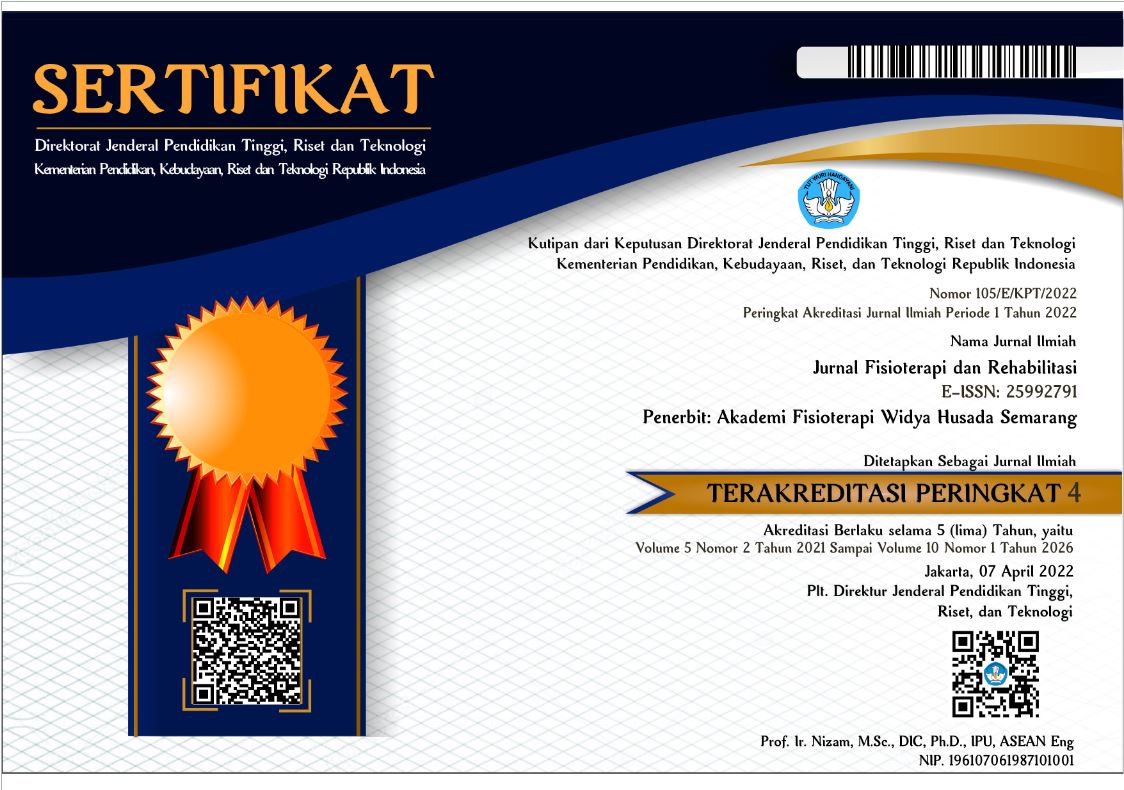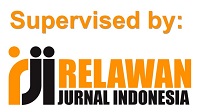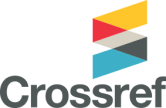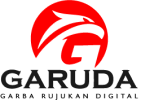Pengaruh Senam Otak terhadap Kesehatan Mental Lanjut Usia
Abstract
Introduction: An increase in the elderly population is something that cannot be avoided as an effect of improving people's quality of life. However, this is a challenge because many elderly not only experience physical disorders but also mental disorders. Various studies have found that physical activity can improve mental health in the elderly. Therefore, this study aims to examine the effect of brain gym exercise on mental health of the elderly. Methods: This study used an experimental research design. The sample used was elderly women who visited Puskesmas Tamalanrea Jaya Makassar. The number of samples in this study was 20 elderly people divided into the treatment group and control group. The treatment group received the elderly gym and brain gym while the control group was only given elderly gym. Mental status for all elderly people was measured using the Beck Depression Inventory (BDI) II questionnaire. The data obtained were analyzed using the SPSS 22.0 for Windows package. Results: The results showed that there were significant changes in mental status after brain gym exercise in the treatment group (p<0.05), whereas there were no significant changes in mental status after elderly gym exercise in the control group (p>0.05). In addition, it was found that there were no significant differences in the value of mental status between the treatment group and the control group (p> 0.05). However, the mean value of mental status in the treatment group was greater than the mean value in the control group. Conclusion: Therefore, it can be concluded that there is an effect of brain gym exercise to changes in mental status in the elderly. Mental status in the treatment group after administration of brain gym was better compared to the control group.
Downloads

This work is licensed under a Creative Commons Attribution 4.0 International License.
The use of the article will be governed by the Creative Commons Attribution license as currently displayed on Creative Commons Attribution 4.0 International License.
Author’s Warranties
The author warrants that the article is original, written by stated author(s), has not been published before, contains no unlawful statements, does not infringe the rights of others, is subject to copyright that is vested exclusively in the author and free of any third party rights, and that any necessary written permissions to quote from other sources have been obtained by the author(s).
User Rights
JFR's spirit is to disseminate articles published are as free as possible. Under the Creative Commons license, JFR permits users to copy, distribute, display, and perform the work. Users will also need to attribute authors and JFR on distributing works in the journal.
Rights of Authors
Authors retain all their rights to the published works, such as (but not limited to) the following rights;
- Copyright and other proprietary rights relating to the article, such as patent rights,
- The right to use the substance of the article in own future works, including lectures and books,
- The right to reproduce the article for own purposes,
- The right to self-archive the article
Co-Authorship
If the article was jointly prepared by other authors, any authors submitting the manuscript warrants that he/she has been authorized by all co-authors to be agreed on this copyright and license notice (agreement) on their behalf, and agrees to inform his/her co-authors of the terms of this policy. JFR will not be held liable for anything that may arise due to the author(s) internal dispute. JFR will only communicate with the corresponding author.
Miscellaneous
JFR will publish the article (or have it published) in the journal if the article’s editorial process is successfully completed. JFR's editors may modify the article to a style of punctuation, spelling, capitalization, referencing and usage that deems appropriate. The author acknowledges that the article may be published so that it will be publicly accessible and such access will be free of charge for the readers as mentioned in point 3.












